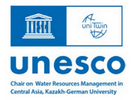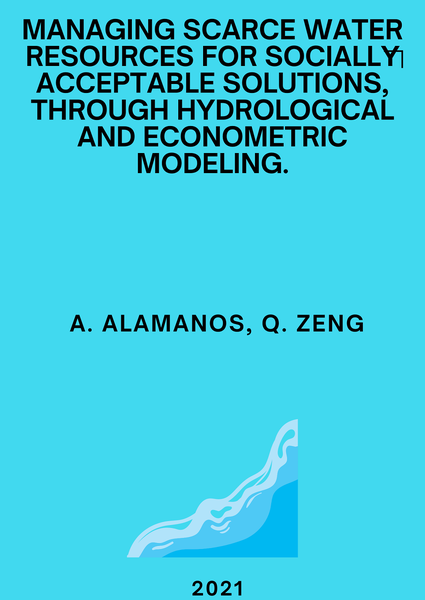




Year: 2021
Collections: Research Paper
Topics: IWRM
Authors: Alamanos A., Zeng Q.
Countries: N/A
Source: Central Asian Journal of Water Research
Downloads:
Covering increasing water demand for competitive uses with limited resources is becoming one of the most challenging water management issues. The effects are more evident in arid areas, where conflicts are more likely to occur. Such an example is Urumqi County, China; Urumqi River is the main water supply source, and in order to balance the upstream agricultural water demand and the downstream urban water demand, the government imposed fallow measures. The region is traditionally a rural area with high production expectations, however, urban water demand is continuously increasing over the last decades, following the population and urbanization trends. Irrigation needs are covered from the river, during the summer period, creating seasonal demand peaks. The fallow measures aim to sustain agriculture and the government defines which farmers will fallow each year. This study uses a questionnaire survey to examine the farmers’ willingness to continue fallow, and the fallow period preference; both examined for the first time so far. The driving factors are used as variables to analyze and describe the preferences through regression models. A non-negligible portion of farmers highly depend on agriculture and want to cultivate. The feasibility of satisfying their needs through better water management is examined through a coupled WEAP (Water Evaluation And Planning) model. Combining econometric and hydrological tools is a novel element. The results are encouraging, with significant insights on the current water management policy, the potential of diversified fallow systems, and the achievement of sustainable and socially acceptable planning.
По всем вопросам сотрудничества обращайтесь по эл.адресу или телефону: